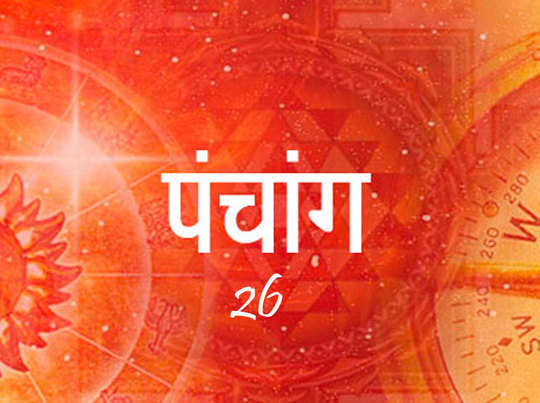Introduction :
A Panchang is a Hindu calendar and almanac that provides important dates and times for religious and cultural ceremonies and is used for astrological predictions. It typically includes information about the lunar day (tithi), the phase of the moon, the position of the planets, and the zodiac sign. Panchang is also used to calculate the auspicious time for starting a new venture or undertaking an important task. It is widely used in India and Nepal by Hindu communities to determine the best time for religious ceremonies, such as weddings and puja. Panchang is also used for astrological predictions and for determining the best time for planting and harvesting crops.

How does it work?
In order to use a Panchang (Hindu calendar), one must first become familiar with the different elements it includes. A Panchang typically includes the following information:
- Tithi: The lunar day, which is the time it takes for the Moon to complete one orbit around the Earth. The Panchang will list the current tithi, as well as the tithi for each day of the month.
- Nakshatra: The lunar mansion or constellation that the Moon is currently located in.
- Yoga: The combination of the tithi and the nakshatra, which is believed to have an impact on one’s luck and fortune.
- Karana: Half of a tithi, and it is used to determine the auspiciousness of a particular moment.
- Rashi: The zodiac sign that the Moon is currently located in.
- Vaar: The day of the week.
- Paksha: The phase of the lunar month, either Shukla Paksha (the bright fortnight) or Krishna Paksha (the dark fortnight).
- Samvatsara: The Hindu year.
- Ayanamsha: The difference between the tropical and sidereal zodiacs, used for accurate calculations.
- Durmuhurtham: The auspicious time for the day
One can use this information to determine the most auspicious time for a particular event or activity, such as a wedding or the start of a new business venture, by consulting the Panchang and choosing a time when the tithi, nakshatra, yoga, karana, and other elements are considered to be favorable.
History :
The history of the Panchang (Hindu calendar) can be traced back to ancient India, where it was used for both religious and practical purposes. The earliest known references to the Panchang can be found in the Vedas, the oldest sacred texts of Hinduism, which date back to at least 1500 BCE. These texts contain references to lunar calendars and the use of astronomical observations for determining the timing of religious rituals.
The Panchang as we know it today is believed to have developed during the Gupta Empire (320-550 CE), which saw a flourishing of mathematical and astronomical knowledge. During this time, the Panchang was used to determine the most auspicious time for events such as weddings and the start of new ventures, as well as to predict eclipses and other astronomical phenomena.
Over time, the Panchang has been refined and expanded by various scholars and astrologers. Today, it is widely used in India and Nepal for both religious and practical purposes and is considered an essential tool for understanding the movements of celestial bodies and their impact on human affairs.
It is also worth mentioning that the Panchang is different from place to place and is calculated based on the longitude and latitude of the location. So, the Panchang of one place may differ from another place.


